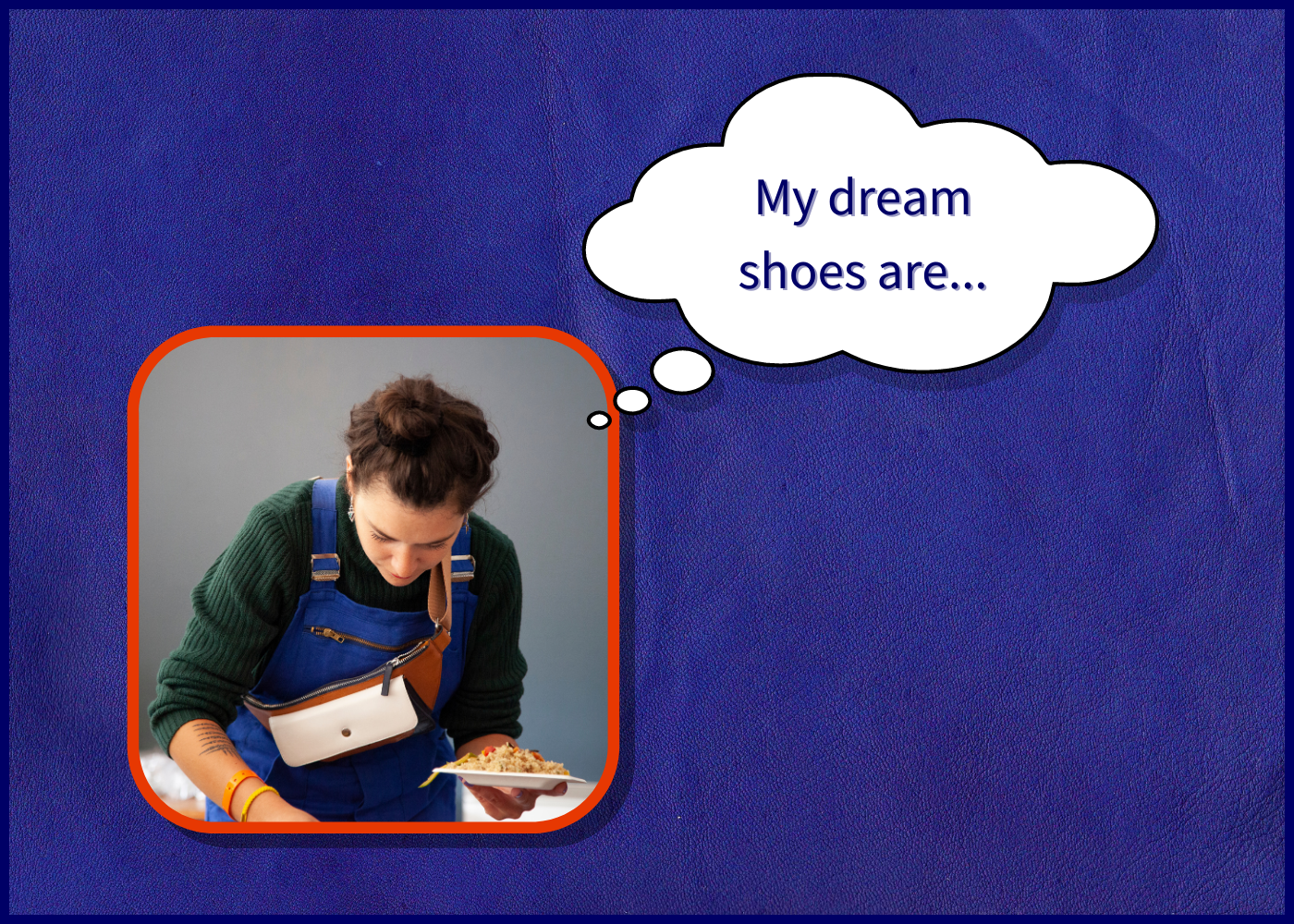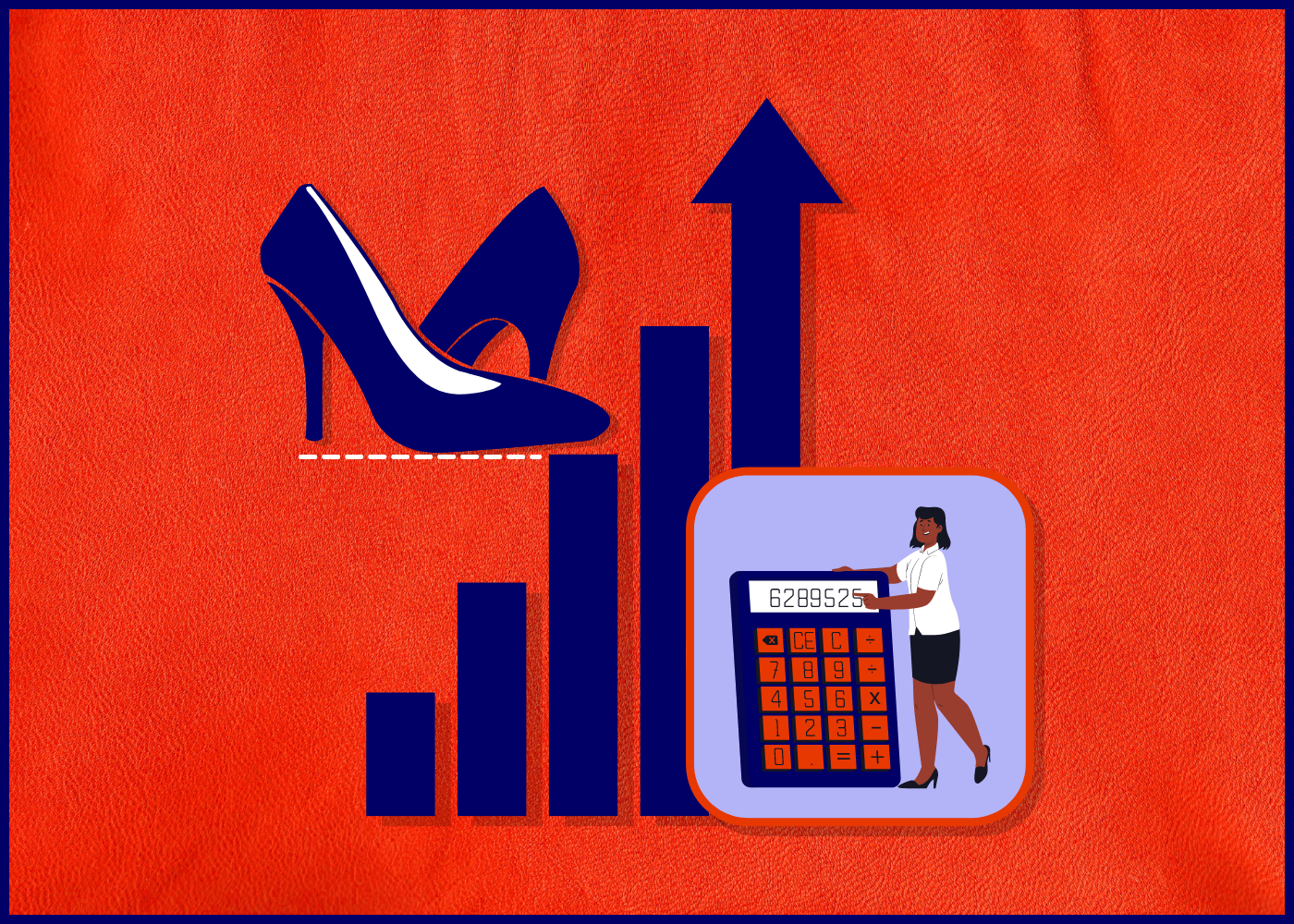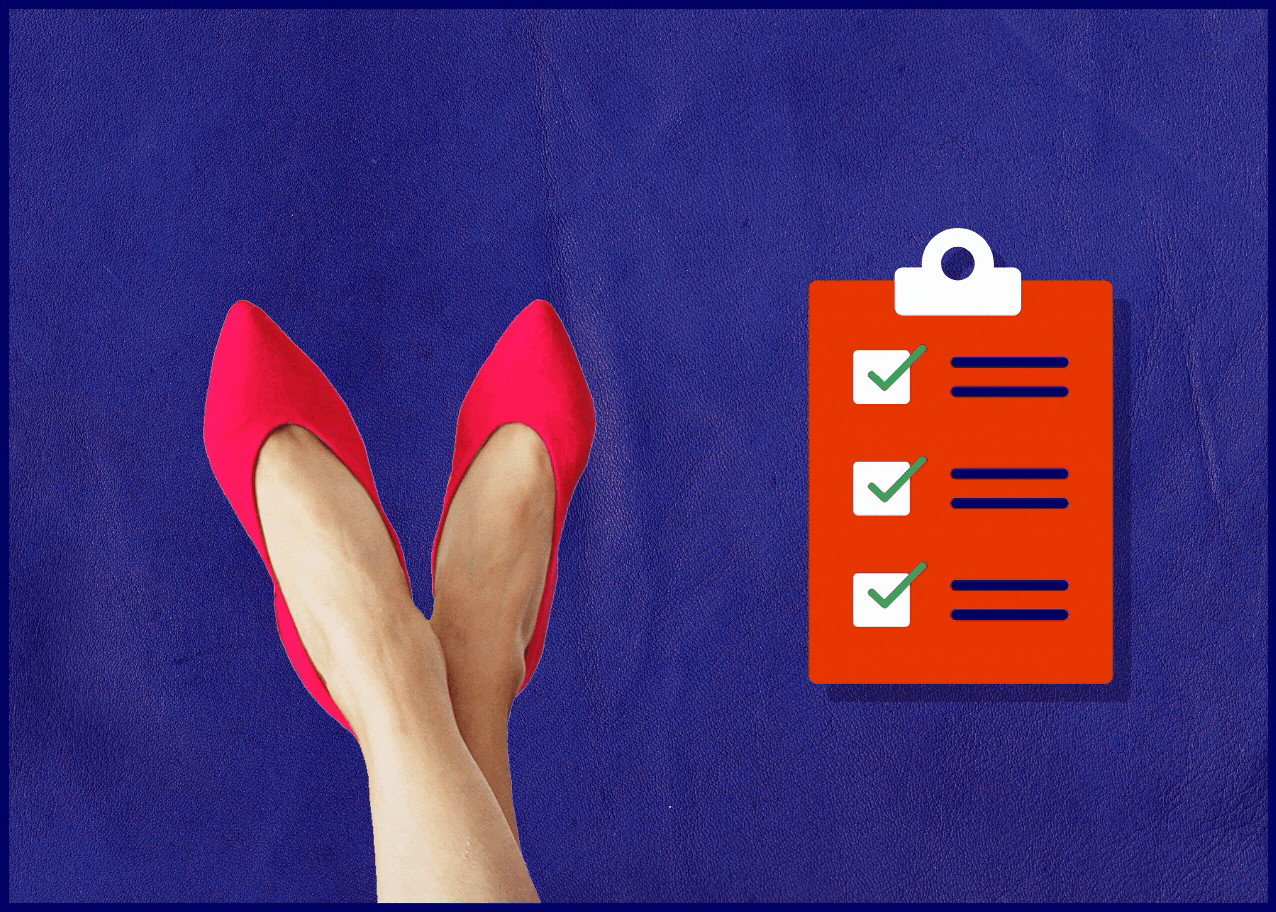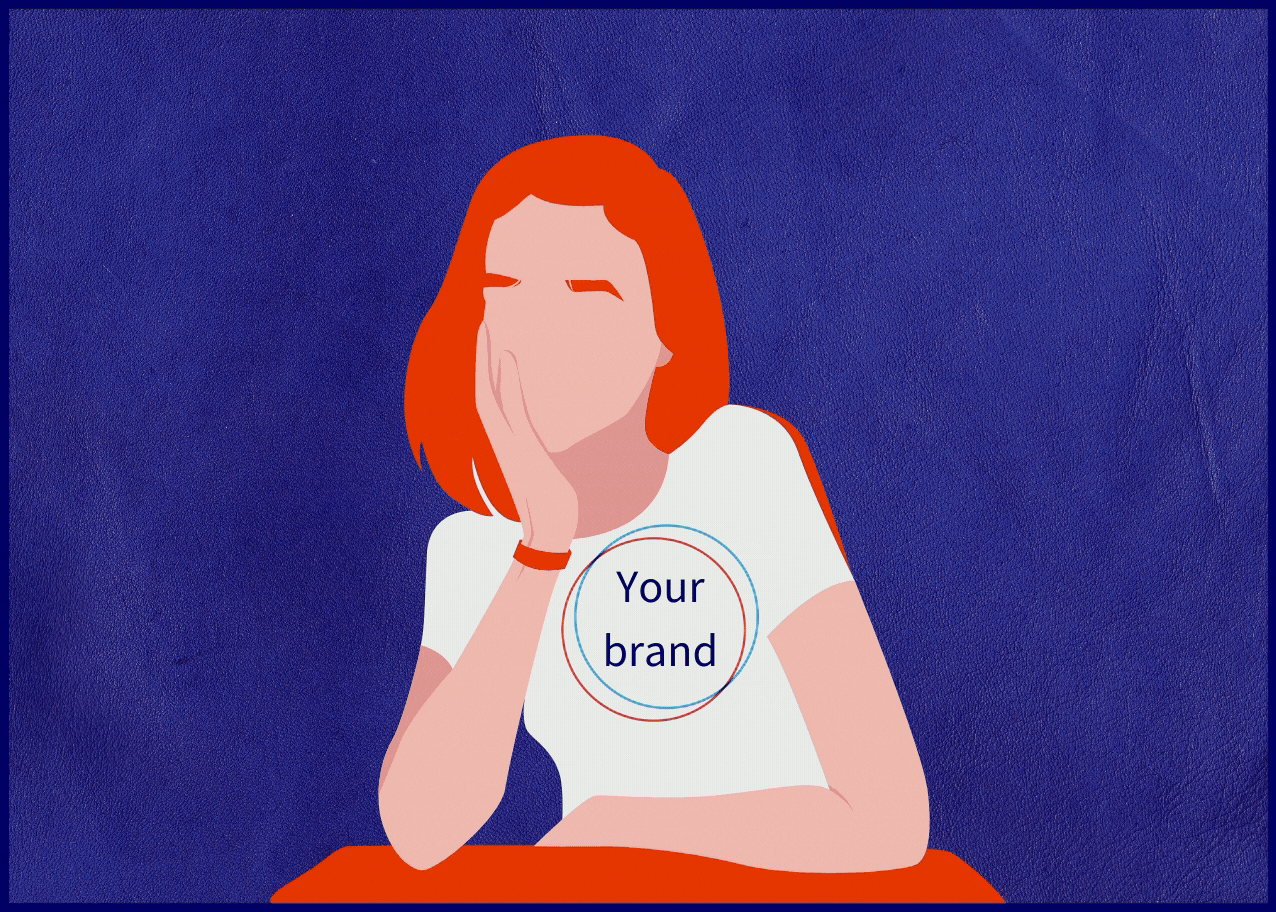How to bring your shoe brand to market
Coming up with an idea for a shoe brand is easy. A personal frustration, a deep and meaningful conversation with a friend, or even reading angry customer reviews of shoes could trigger your concept. But how can you progress from having a bright idea for a shoe line to becoming the founder of a successful footwear brand?
It’s not easy, but it helps to know the 6 steps to bring your shoe to market.
1. Who will buy your shoes?
Create an in-depth customer profile – there is a template for this included in my How to Start a Shoe Brand online course. Profiling your potential customers is about more than just age and occupation. You want to know as much about their habits and thought processes as possible.

Don’t skip this part. Every decision you make for your brand will refer back to your customer and what drives them.
2. How much will your customers pay for your shoes?
Pricing is an inexact science, but here are some guidelines to help you:
- Make a decision early on about how you want to bring your shoe brand to market. Do you only want to sell direct to consumer, or would you ever sell via the wholesale channel?
- Analyse the pricing of your competitors’ equivalent products – and decide which position in that hierarchy (high, low or middle) would make your brand’s pricing attractive and easily understandable to your customers.

- Decide your retail price, then work backwards to the target cost price you will task your factory with hitting – never let the factory cost dictate your retail price.
- Use a pricing calculator like the one included in my How to Start a Shoe Brand online course to play around with pricing scenarios – e.g. direct to consumer mark-up vs. wholesale mark-up – before you finalise your prices.
3. How does your Minimum Viable Shoe (MVS) look, feel and fit?
As I told a one-to-one consultancy client of mine recently, perfect never launches…but good enough does.
I know you want your first product to be perfect, but perfection doesn’t exist. Even if you splurged on a pair of shoes from a luxury brand with decades of manufacturing experience, there would be differences between the left and right foot, and between your pair and another pair.

Make two lists at the outset to help you decide when your Minimum Viable Shoe will be good enough to sign off for production and launch it into the market for the first time.
- Attributes your product must have to represent the solution to your customer’s problem
- Features you want your product to have, that your customers probably won’t notice
It’s fine to aim to cover off both lists with your launch product, but you now know which features you can remove if product cost, budget or timing is becoming an issue.
4. Who can make your shoes?
Now you know your target cost price and required product features, you can work out in which country to look for a manufacturer.
Read my How can I find a shoe manufacturer blog post for more guidance on this aspect.
5. How will your customers find your shoes?
Look at your customer profile and ask “Where do my potential customers find new shoe brands at the moment?” Then target them there. Whether that is Google, browsing their favourite independent retailer online or in real life, their preferred social media platform, or elsewhere.

Focus your efforts on just a couple of marketing channels at first. Aim to build a real emotional connection with your customers, rather than selling to them all the time. When you are confident that those platforms are working well, add another…but don’t abandon the first two.
Network like crazy online and at events. Tell everyone you meet about your shoe brand. You never know who you might meet who could help you promote it…or become a future customer.
6. Why will your customers love your brand…and shoes?
We connect with brands that feel like close friends or relatives. Because we buy emotionally and instinctually, gaining entry to your customer’s trusted circle is an important goal.

Ensure that every interaction you have with your audience of potential customers makes them feel great about themselves and about your brand. Overdeliver whenever possible, and your customers will find it hard not to talk about how wonderful your brand is.
The five shoe brand founders whose interviews you can watch as part of my How to Start a Shoe Brand online course, offered excellent insight into how to deliver this level of customer service as a small shoe brand.
Do you have questions about how to bring your shoe brand to market? Please feel free to get in touch.


This is brilliant & concise advice, so generous of you to share all this insight Susannah
Thank you so much Rosa! This means a lot coming from you as a highly experienced footwear professional.
Hi, how much does samples cost like in Portugal or Spain ? And how much sample do you get”
Hi Paul,
Shoe sampling is considered to be the first part of the production process. Bulk orders would be expected to be placed once samples are approved. Usually a new style would need 3 rounds of samples (2nd and 3rd are revisions of the first two).
Cost of sampling is extremely variable, depending on whether you are working directly with a factory (lower sample cost but more work and potential language issues), or with a sourcing agent or developer (sampling one style could be anything from $600-2500).
I hope that’s helpful. Please contact me if you need further assistance.
Many thanks,
Susannah